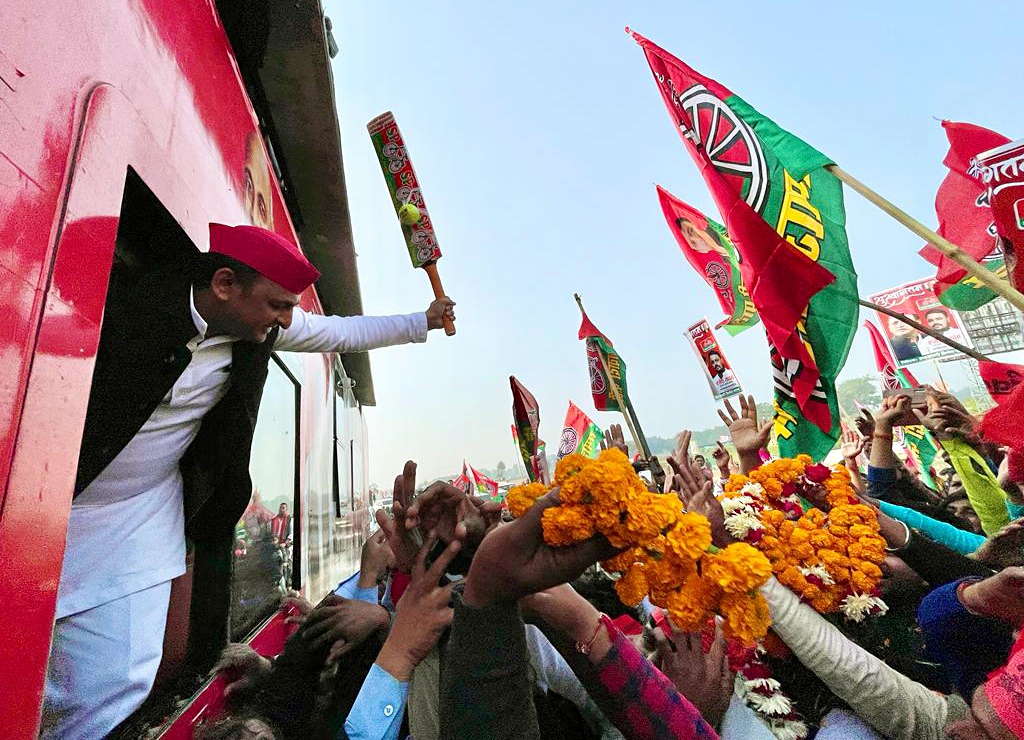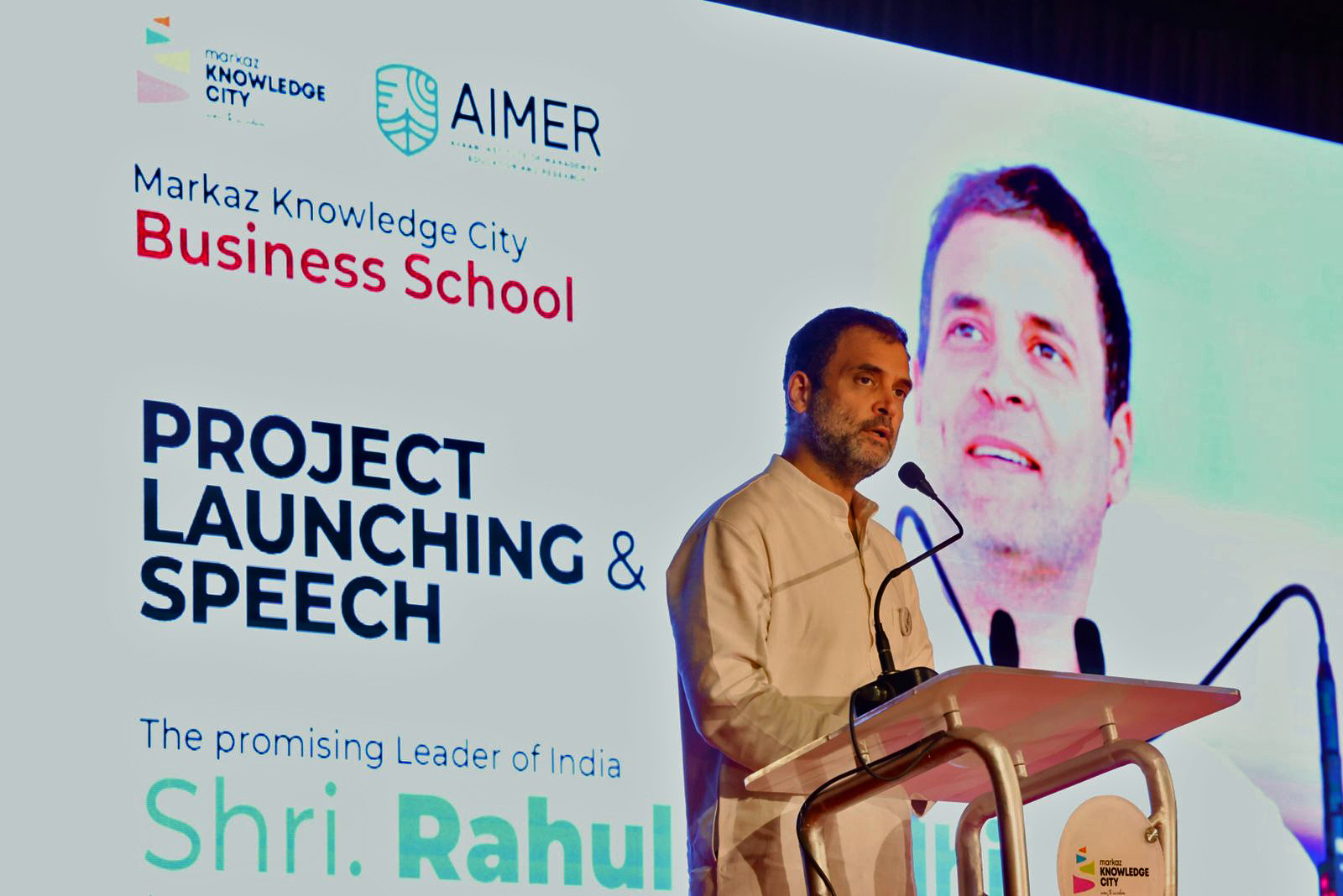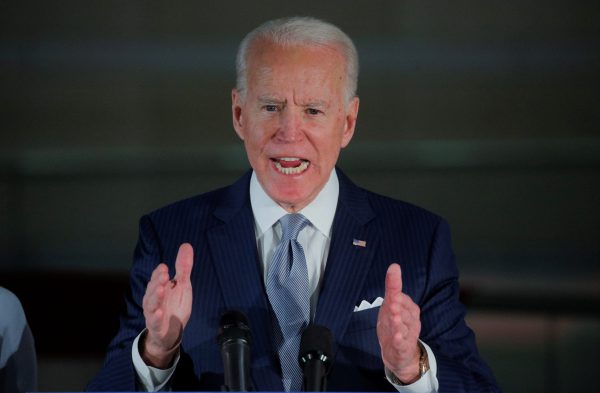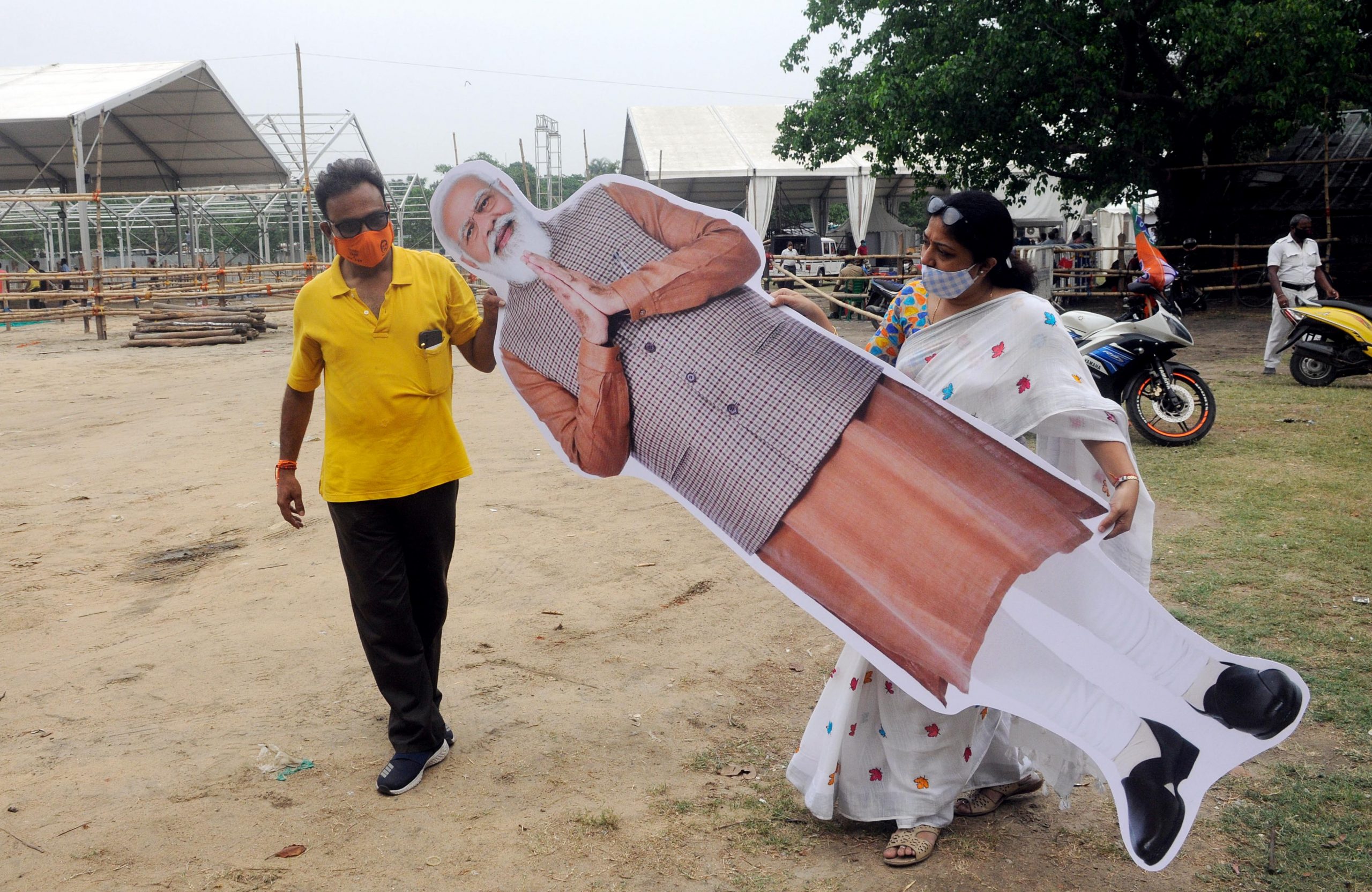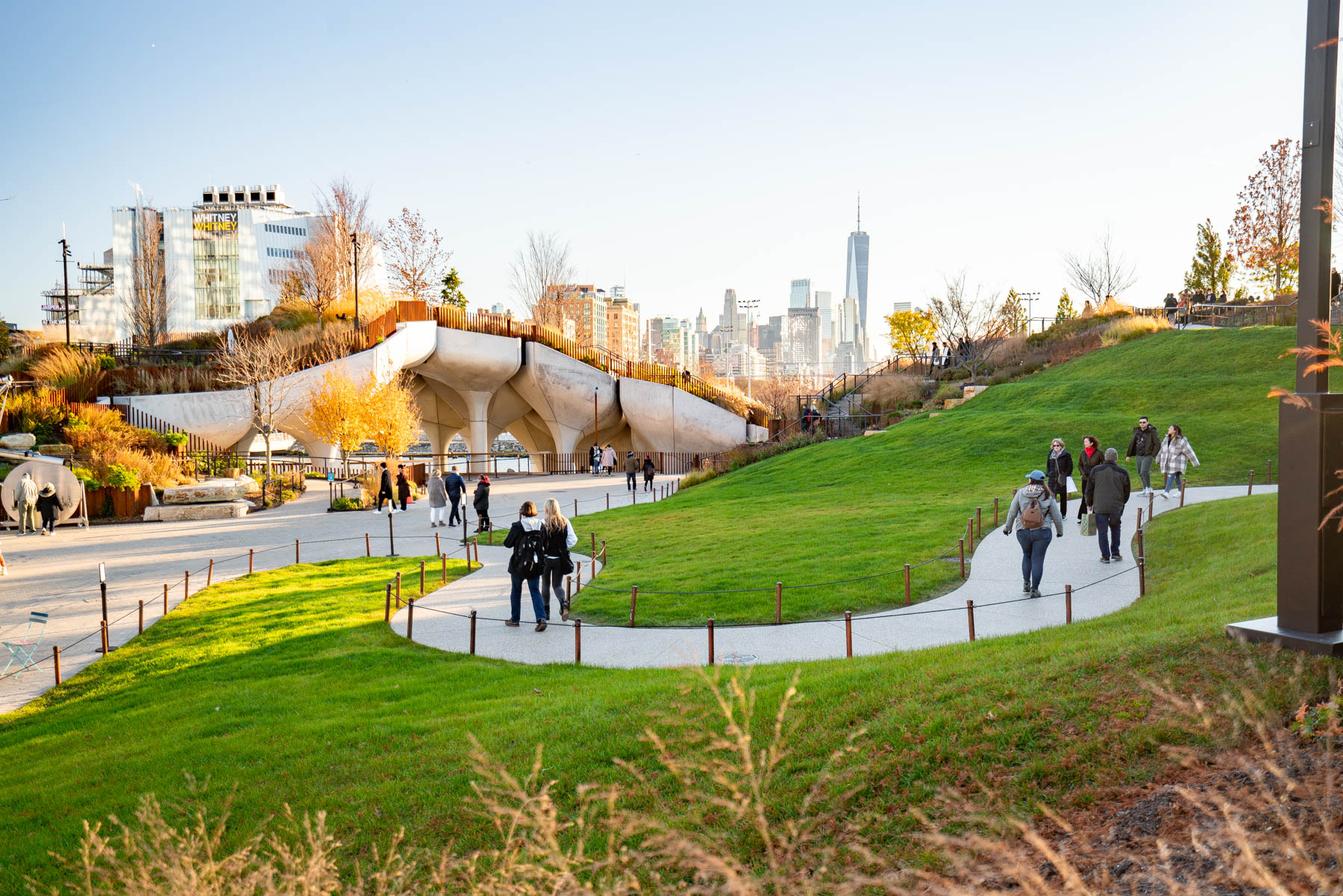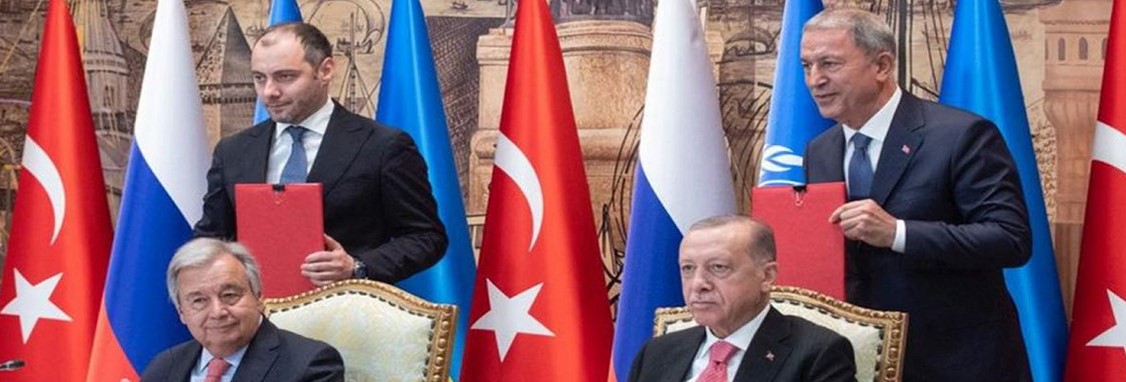Deepak Kumar
Central Asia has been traditionally considered an area of Russian security influence. Over time and more so after the US began to cede space in the region with folding of its bases in Uzbekistan in 2005, and Kyrgyzstan in 2014, China’s security interests in Central Asia have grown. Arguably, China has filled up the vacuum at the expense of Russia, which would have been the logical choice. Incidentally, on 1 August 2017, China inaugurated a military base in Djibouti. This was a sharp departure from China’s policy that it does not station troops or set up military bases in foreign countries.
Likewise, in 2017 several reports emerged of Chinese military personnel in Tajikistan. Now, we hear reports of Chinese military presence in Equatorial Guinea forcing many to call it, China’s Military Engagement along the Silk Route. If we transpose the Chinese design in Central Asia, what will be the long-term consequences of Chinese military footprints in Central Asia? Can China’s presence to secure its vast Belt and Road Initiative network in Central Asia affect the security balance in the region? Further, can Beijing’s military competitiveness in Central Asia lead to a Russia–China divergence? And, what are the imperatives for India?
Chinese Footprints in Central Asia
If we recall Xi Jinping’s speech of 2015, he spoke about military diplomacy as a critical element of China’s foreign policy. In Central Asia, China will protect itself from threats to its national interests but in the short term, will avoid getting directly involved. It will involve the local governments, possibly influence them in countries like Tajikistan and Kyrgyzstan. By supplying sophisticated technologies, China is establishing a strategic foothold in areas where Russia is lagging technologically. In exercises and training, China has been balancing its multilateral exercises with bilateral exercises.
Multilateral exercises allow China to project its inventory for future sales and inter-operability capabilities, whereas bilateral exercises allow it to project itself as a contender and responder like Russia. Sponsoring military courses for Central Asia pay back to China through an alumni roster with a similar understanding of security issues, not to mention camaraderie and old friendships. Central Asia now has middle and senior-level officials who have been educated in Chinese universities. In the coming years, Chinese military education will have a significant impact on the composition of military leadership in Central Asia. Staying away from PLA and locating PAP in Tajikistan appears to be a thought-out Chinese strategy to keep itself within Russia’s red lines of not involving the army. However, it will not take much time for China to turn over or reinforce these posts with PLA, should such a need arise. The presence of Chinese troops near Wakhan which is about 200 km from Gilgit Baltistan has ramifications for India. Any Chinese EW (Electronic Warfare) monitoring facility located here can be used to track Russia’s military activities in the region and even India’s. Chinese proposed airports close to Tajikistan’s borders could be a part of the larger Chinese strategic design. PSCs can assume roles as consultants, advisors and security providers but their main role could be surveillance of the local governments and influencing governance and policies. Kazakhstan prohibits Chinese PSCs, but Kyrgyzstan is open to its operations. China might pressure the weaker countries to legally allow PSCs in their sovereign territories.
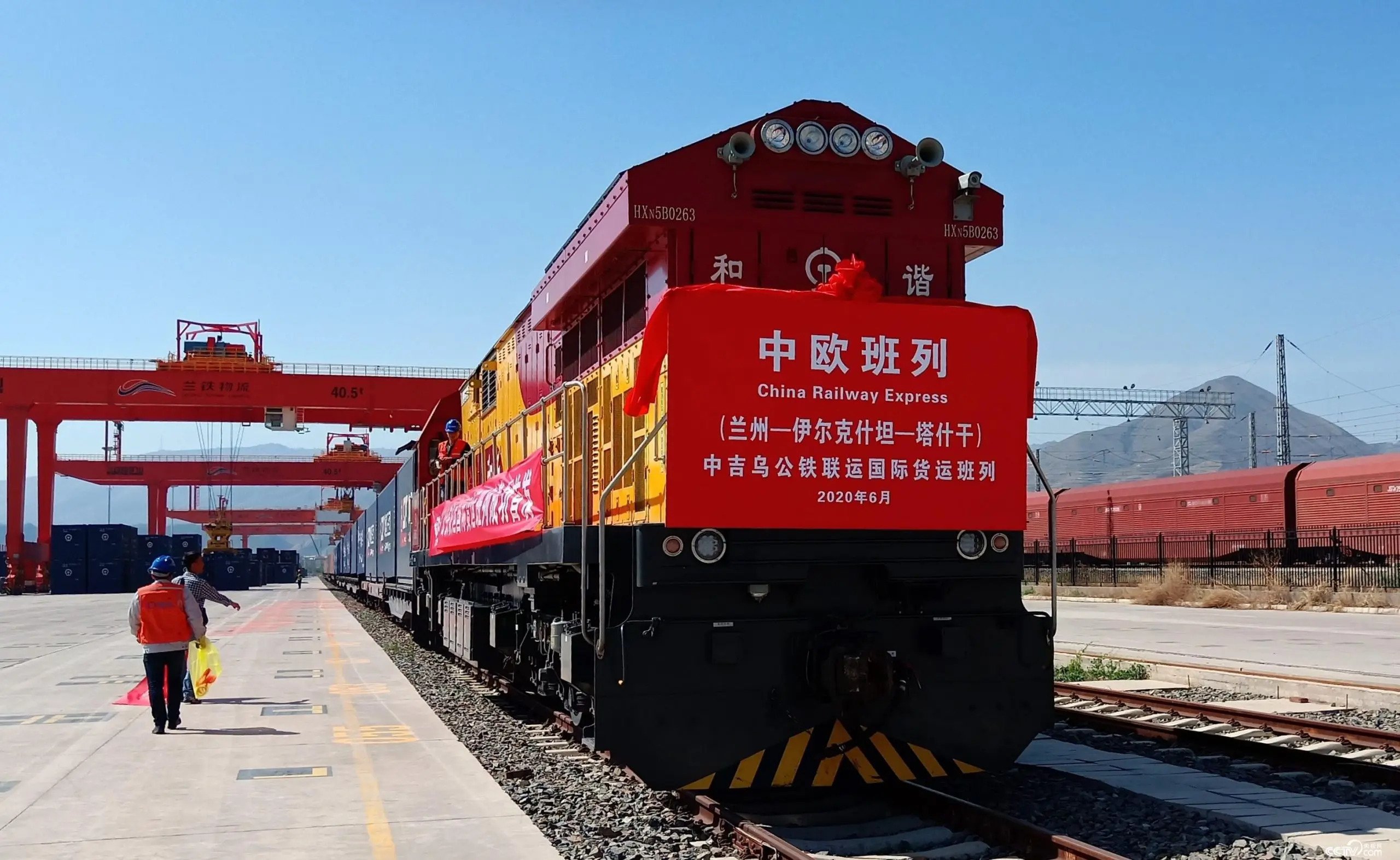
Russia–China Dissonance?
There are commonalities of interest between the two countries on Afghanistan, the US role in the region and support to incumbent regimes in Central Asia. Both are members of SCO and regularly participate in joint and bilateral military exercises. Russia has provided China with sophisticated military hardware in the last decade, while China has emerged as one of the most prominent buyers of Russian oil. In 2019 at a BRI forum, President Putin in his speech mentioned that China’s BRI meshes perfectly with the gears of Russian-led Eurasian Economic Union. So, in the short term, China may continue to defer to Russia on the security front in the region.
Russia’s arms share of Central Asian arms imports has remained constant at around 60 per cent in the last 10 years. On the other hand, China has been slicing from the share of Turkey, Ukraine, Spain, France and others in Central Asia. Thus, China may not be eating into Russia’s share of the arms market now, but may start doing so as China’s domestic arms industry develops and seeks export markets. This can cause friction and their relationship can see testing times ahead. China’s role in construction activities for the Tajik military may be acceptable to Russia, but to be sure that China will not use the infrastructure for military requirements in the future is a question mark. This is so because China has concerns about radicalism in the Pamir’s. There are tensions between Tajikistan and the Taliban. China has outstanding claims on Tajikistan’s territory. In 2011, Tajikistan had handed over 1,000 sq km of territory to China in the Pamir region in lieu of a loan. If in the long run, China attempts to slice a portion of the strategically important Wakhan corridor as a justification to stem vulnerabilities from Afghanistan, it can cause serious consternation with Russia.
The popular narrative in Central Asia was that Russia is the dominant security partner while China takes the lead in economic affairs—‘Russia Protects–China Invests’. If we were to dilate this, does it mean, China will let this narrative remain forever? Will it continue to play second fiddle to Russia in the security domain, even when its economic interests grow? Will China want its soft power to be protected by Russia?
Imperatives for India
China views expansion into Central Asia through the lens of sourcing resources and markets for Chinese goods and projecting power. India too considers the region essential to nurture and expand its strategic potential. There is natural competitiveness and thus, China will exercise whatever capabilities it has to prevent India’s elevation as a Central Asian power. India’s unresolved border with China, construction of a highway through Indian territory in Aksai Chin, and enabling Pakistan to construct the China–Pakistan Economic Corridor through Pakistan-occupied Kashmir has affected India’s outreach to the region. The recent LAC (Line of Actual Control) violations and the construction of a string of villages by China in Tibet have caused a trust deficit. Any Chinese military presence in Central Asia would widen the cracks. Another cause for concern is the China’s encirclement strategy and attempts to limit India’s role in the region through the Pakistan proxy. Pakistan seeks connectivity by road to Uzbekistan via Kabul and to Kazakhstan via Kashgar in China. It realizes India’s dilemma in reaching out to Central Asia. PM Imran Khan during his address at the Islamabad Security Dialogue on 17 March 2021, raised the Kashmir issue as a ‘quid pro quo’ to offering India a direct route to Central Asia. India will therefore want to counter the influence of Pakistan in Central Asia. However, China’s close ties with Pakistan and its resurgent role in Central Asia can affect India’s ability to influence favorable outcomes vis-à-vis China and Pakistan in Central Asia.
India has a small presence in Tajikistan with a military training team and an India–Tajik friendship hospital at Bokhtar (Kurgen Teppa). It spent about US$ 70 million from 2002 to 2010 to renovate the disused Ayni airbase in Tajikistan. That stands closed. India needs to engage with Russia for restarting the facility, especially in light of what is happening in Afghanistan and China’s growing footprints in Tajikistan and Gilgit Baltistan. India has engaged in military exercises in bilateral and multilateral formats and, under the aegis of SCO. In 2021, India’s had engaged in exercises with all Central Asian countries, which is a good sign. The Kazakh Defense Minister Lt Gen Nurlan Yermekbayev visited Jodhpur and Jaisalmer in April 2021. India has trained Kazakh troops in UN Peacekeeping Operations and operated with them in its UNFIL Battalion. There is a military medicine agreement with Uzbekistan and India has helped Kyrgyzstan in constructing a medical research facility. India needs to continuously keep raising the bar and remain in business through the export of defense platforms and in areas such as Artificial Intelligence, software and space to provide Central Asian countries alternatives other than China. India’s membership of the SCO in 2017, ostensibly on Russia’s biding to balance China in the region, has given India a stage in Central Asia. It would be detrimental to India’s strategic interests if China allows its military presence to influence policies in Central Asian countries.

Conclusion
At present, Beijing’s military presence in Central Asia is calibrated to keep Russia’s sensitivities in mind. In future, China may not defer to Russia but may simply develop its own initiatives ignoring Russia. Beijing’s decision to establish the QCCM in 2016, operate border posts in Tajikistan and open up China plus Central Asia, a multi-lateral mechanism launched outside SCO in 2020, points to actions by China that it is not worried about overstepping red lines in the future. Moscow’s concerns remain understated due to US–Russia tensions or the loss of Ukraine to the West. Nevertheless, the shift in the balance of dominance and China’s nonchalance to Russia in Central Asia is growing. It has the potential to vex the complex chessboard in Central Asia, which Russia considers its sphere of influence. Will Russia move to re-balance China’s growing influence in Central Asia or would Central Asia witness a resurgent muscular dragon holding both the carrot and the stick in Central Asia? These are some pertinent questions to ponder upon.
Colonel Deepak Kumar is Research Fellow at Manohar Parrikar Institute for Defense Studies and Analyses, New Delhi
Views expressed are of the author and do not necessarily reflect the views of the Manohar Parrikar IDSA or of the Government of India.
This is the abridged version of the article which appeared first in the Comment section of the website (www.idsa.in) of Manohar Parrikar Institute for Defense Studies and Analyses, New Delhi on February 1, 2022

















